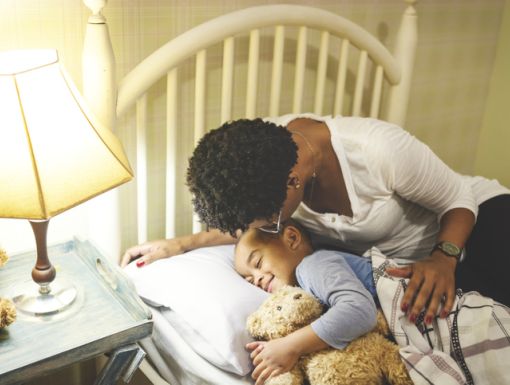
How to Prevent SIDS: Top Advice for Parents and Caregivers in 2025
Sudden Infant Death Syndrome (SIDS) is a tragic phenomenon. Although its exact cause continues to elude researchers, medical advancements and updated guidelines have significantly improved our understanding of SIDS and how to reduce its associated risks. By fostering greater awareness and implementing safe sleep practices, parents and caregivers can play a critical role in protecting infants.
What is SIDS?
SIDS refers to the sudden and unexplained death of an otherwise healthy infant under the age of 1, usually during sleep. Most cases occur between 2 and 4 months of age, though infants are most vulnerable within their first six months. One of the most heartbreaking aspects of SIDS is its unpredictability, as affected infants typically show no prior signs of illness or distress.
What are risk factors for SIDS?
While the precise cause of SIDS remains unknown, several risk factors have been identified, each highlighting the importance of creating a safe sleep environment for newborns. These include:
- Sleeping position: Infants placed on their stomachs or sides to sleep face a higher risk compared to those who sleep on their backs.
- Unsafe sleep environment: Factors such as soft bedding, pillows, toys, or overheating during sleep increase the possibility of SIDS.
- Parental or maternal habits: Maternal smoking during pregnancy and exposure to secondhand smoke after birth contribute to a heightened risk.
- Prematurity or low birth weight: Infants born prematurely or with low birth weight are more susceptible to SIDS due to their underdeveloped physiology.
- Family history: A history of SIDS in siblings or other family members may signal a predisposed risk for some infants.
- Demographics: SIDS is more common in African American, American Indian and Alaska Native populations.
Recognizing and addressing these factors is an essential first step in reducing the risk of SIDS.
What are the best sleep practices to prevent SIDS?
The American Academy of Pediatrics has provided updated recommendations to help parents proactively create safer sleep environments. Following these guidelines can help significantly decrease the likelihood of SIDS and other sleep-related infant deaths.
- Back-to-sleep positioning: Always place your baby on their back to sleep, whether for naps or nighttime. This simple step has been shown to dramatically reduce the risk of SIDS.
- A firm sleep surface: Babies should sleep on a firm crib or bassinet mattress covered with a fitted sheet. Avoid soft bedding, pillows, blankets, or stuffed animals in the crib.
- Room sharing without bed-sharing: Keep the baby’s crib or bassinet in the same room where you sleep for at least the first six months, preferably the first year. However, never place the baby on the same sleep surface as adults, such as a bed, couch, or armchair.
- Breastfeeding whenever possible: Breastfeeding not only provides essential nutrients but also offers protective benefits against SIDS. Exclusive breastfeeding for at least the first six months is ideal.
- Pacifier use: Offering a pacifier during sleep times, once breastfeeding is well-established, may help reduce SIDS risk.
- Avoid overheating: Dress your baby in lightweight clothing appropriate for the room temperature, and ensure the sleep space is comfortably cool.
- Avoid smoke exposure: Pregnant mothers should avoid smoking, and the baby’s environment must be kept free of secondhand smoke to minimize health risks.
- Stay up to date with immunizations: Routine immunizations are linked with a lower risk of SIDS. Ensure that your baby receives all recommended vaccinations.
- Educate caregivers and family members: Share safe sleep guidelines with other caregivers, including grandparents, babysitters, and daycare providers, to ensure a consistent approach across all environments.
Skin-to-skin contact
The American Academy of Pediatrics has also highlighted the benefits of skin-to-skin contact for newborns. Establishing this bond immediately after delivery promotes breastfeeding success and overall infant health, further contributing to SIDS prevention.
Conclusion
SIDS remains a profound challenge, both for the families it affects and the medical community seeking solutions. Yet, significant progress has been made in understanding its risk factors and prevention strategies. Through proper education, adherence to updated recommendations, and the unwavering commitment of parents and caregivers, we can continue to foster safer sleep environments for infants everywhere.
To learn more about safe sleep practices or to schedule an appointment with one of our pediatric specialists at Ochsner Health, visit Ochsner.org/pediatrics

